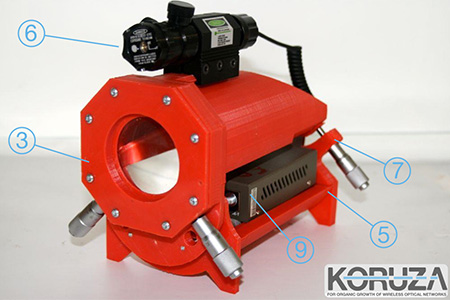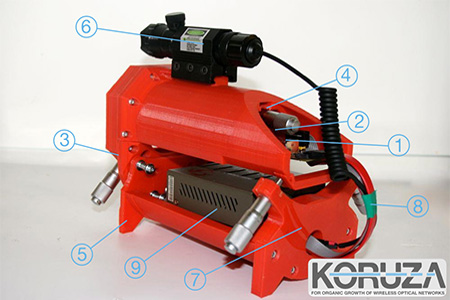

The prototype of KORUZA system is under constant development to find the most effective and low-cost design enabling 1 Gbps connectivity of structures up to 100m apart. The current version heavily relies on 3D printing for producing the vast majority of parts possibly suitable for the construction out of plastics and is suitable for the outdoor use.


Shuttleworth Foundation Fellowship awarded to Luka Mustafa, active development with a dedicated team.



World Wide KORUZA experiment, 10 sites globally.






Published a paper: Reintroducing Free-space Optical technology to Community Wireless Networks.
Crowd-funding campaign to present the paper at AMCIS2013 in Chicago.


Very Affordable Laser Ethernet Transceiver (VALET) by Luka Mustafa, Dr. Benn Thomsen, UCL, London.


Do you have more question or you would like more info? No problem, just contact us.